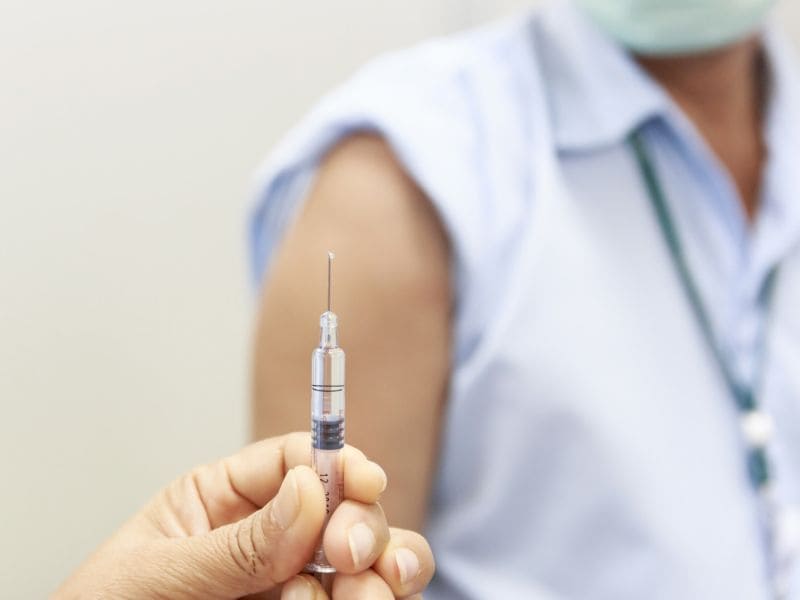Reluctance, fear to leave home may impact the amount of people willing to receive the flu vaccine this year, expert tells HD Live!
WEDNESDAY, Sept. 23, 2020 (HealthDay News) — Flu shots may be more important than ever this year, as COVID-19 presents new challenges for clinicians and communities this flu season. HD Live! spoke with Nadia Eltaki, M.D., director of clinical operations at Sibley Memorial Hospital in Washington, D.C., to discuss how clinicians can potentially lessen the potential for an overlapping superinfection, or “twindemic.”
Influenza season typically begins in the United States between October and November, peaks between December and February, and lasts until about May, Eltaki explained. But this year, with COVID-19, clinicians face many obstacles in encouraging the public to get their flu vaccines. “The flu shot will be critically important this year to help protect patients, their families, and communities,” Eltaki said.
The primary concern, she said, is that people are fearful and reluctant to leave their homes and go to their physician’s office to receive a flu vaccine. Throughout the past six months of the COVID-19 pandemic, clinicians have seen a significant drop in routine exams and health screenings, Eltaki said. Therefore, public outreach is critical to assure patients that clinics and hospitals are safe. She noted that many offices are already sending out notifications to their patients to incentivize flu vaccines. Mailers give offices and hospitals the opportunity to emphasize what safety precautions are being taken and to elaborate on the proactive screening tools that are currently in place, such as questionnaires, temperature scans, masking, and thorough cleaning between patients.
Patients should be aware that it is possible to contract both influenza and COVID-19 simultaneously. “If you are infected with both viruses together, unfortunately the resulting impact could lead to even more severe outcomes than either infection independently,” Eltaki explained. What may also present a problem for clinicians and patients is that the symptoms of both viruses are similar: fever, sore throat, cough, body aches, headaches, and gastrointestinal upset. “The single differentiating feature that we’ve seen with coronavirus is the loss of smell and taste,” said Eltaki.
The best time for patients to receive a flu shot is between early September through the end of October, at the latest. Eltaki explained it is particularly important that any child older than 6 months, pregnant women, the elderly, and immunocompromised patients receive flu vaccines, as long as there are no contraindications. “The U.S. Centers for Disease Control and Prevention and studies have shown that the influenza vaccine is about 60 percent effective in preventing the flu. Even though those odds are fair, what we know is that if you do get the flu, and you have received the flu shot, the severity, length, intensity, and duration of your symptoms will still be less than the person who has not received a flu shot and gets the flu,” Eltaki said.
Eltaki also noted some encouraging findings on the influenza season in the Southern hemisphere. Preventive measures such as social distancing, universal masking, closure of schools, travel restrictions, working from home, cancelation of large-scale public events, and hand hygiene have been found to be protective against COVID-19. “Interestingly, what we’ve seen, particularly in the Southern hemisphere, all of those measures have really proven to be protective and may reduce the spread of infectious illnesses like the flu.”
Copyright © 2020 HealthDay. All rights reserved.

